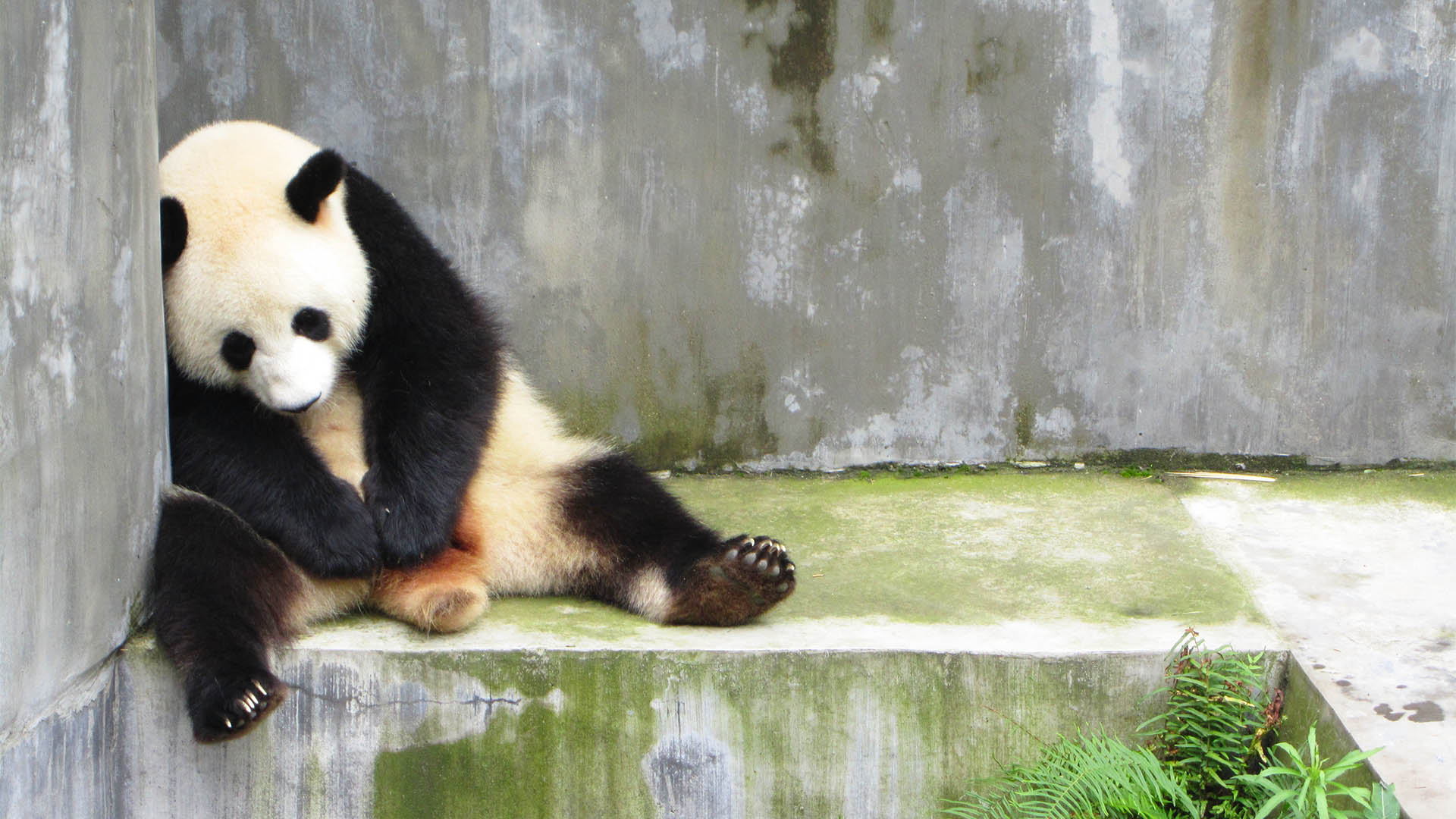The Chinese government has once again missed its chance to send a message to consumers, businesses, and especially struggling homeowners that it aims to help them by cutting official interest rates.
The central bank, the People’s Bank of China, left its key one-year rate steady at an already record low of 2.5% on Monday, only minutes after the National Bureau of Statistics revealed another significant slide in new house prices in June—down 4.5% compared to the 3.9% annual rate in May.
The rate decision also came half an hour before the release of second-quarter GDP figures and data on production, investment, and retail sales for June and the first half of 2024.
GDP slowed to an annual pace of 4.7% in the June quarter, down from the 5.3% pace of the three months to March. This outcome was also slower than forecasts of around 5%.
Additionally, this decision coincided with the first day of the latest meeting of the so-called Plenum, a gathering of 300 top Chinese Communist Party members that sets the country’s agenda for the next couple of years.
The PBoC kept its one-year medium-term facility rate steady at 2.5% and injected a total of 229 billion yuan of fresh liquidity as it and the government grow increasingly concerned about a surge in government debt purchases, which is driving market rates higher.
The June monthly data showed that industrial production slowed to a growth rate of 5.3% in the first six months, down from 5.6% in the five months to May, but slightly better than forecasts around 5%. However, it marked the weakest pace of growth in production since March.
Retail sales also slowed sharply to just 2% from 3.7% in May, compared to forecasts of around 3.2% to 3.3%. This was the key data point indicating consumer malaise. Although it marked the 17th consecutive month of real sales growth, it represented the worst monthly performance in that period.
Worryingly, monthly online retail activity fell by 0.12% in June, reversing from a downwardly revised 0.23% rise in May.
For the first six months of the year, retail turnover grew by 3.7%, making June’s performance significantly worse than the average.
Investment grew sluggishly at 3.9%, down from 4% in May but slightly higher than the forecasted 3.8%.














